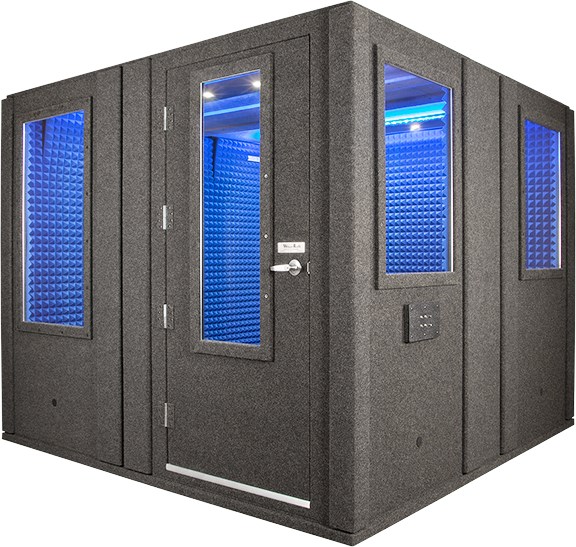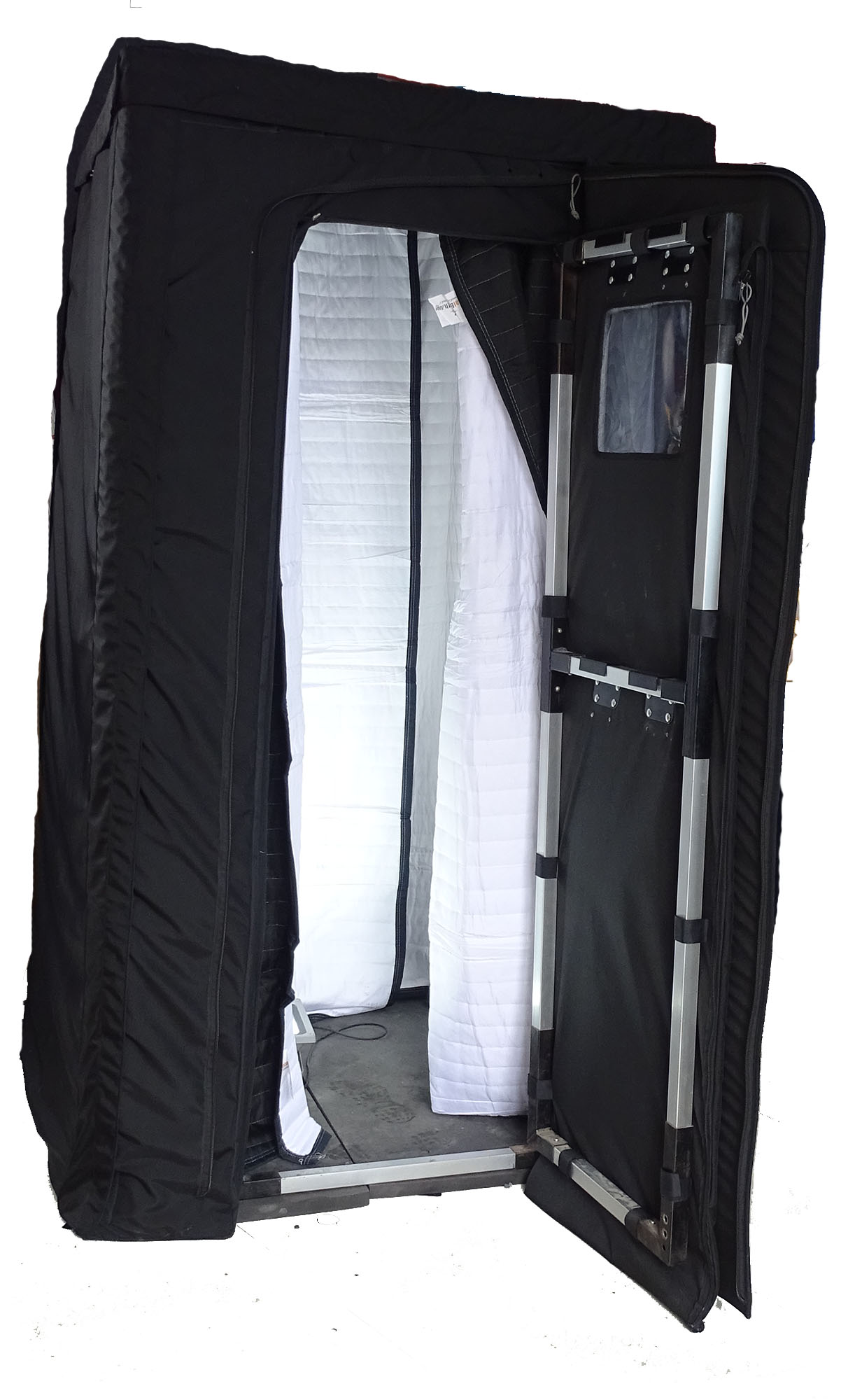

CeilingsĬeilings generate a noisy vocal room. You can limit these impairing sounds by adding a protective soundproofing layer under your flooring. Some flooring materials, namely hardwood, ceramic tiles and laminate, give sound waves the ultimate playground to bounce or seep through from other rooms, which dampens your recording quality. You don’t need to focus too much attention on floor acoustic treatments, but we recommend taking soundproofing measures to limit penetrating day-to-day sounds. Covering your walls starting 28 to 32 inches from the floor is the ideal placement for the acoustic material. Your sounds will bounce right back to you, which you can avoid by using sound-absorbent acoustic panels. Reflection points are areas where you’re speaking, playing or singing toward. These projecting soundwaves interfere with your recording quality, especially at reflection points. And, just as bouncy balls eventually lose energy and stop bouncing, sound waves do, too. Sound waves bounce off flat surfaces, such as walls, like bouncy balls. Instead, you should strategically place acoustic treatments in the following areas. The good news is that you don’t have to add acoustic panels to your entire vocal booth. You’ll also want to prevent other everyday noise pollutants, such as sounds from downstairs or your neighbor’s blaring TV, by soundproofing your floors and doors. Walls and ceilings are the two crucial areas where you should place acoustic treatments in your vocal booth. Where Should You Place Acoustic Treatments in Vocal Booths? Avoid purchasing foam that’s too thick, though, or else your vocal booth will result in “dead” sound quality.

But, if you’re a dedicated vocalist and have the financial means, we recommend two-inch acoustic foam for its comparatively superior frequency absorption. One-inch-thick acoustic foam is ideal for casual vocalists or those on a budget. On the other hand, if you’re a musician or singer recording songs, you’ll want to give soundwaves more freedom to reflect and keep the sound live. If you’re recording radio, commercial, podcasts or other similar vocal types, you’ll want some extra coverage to create a drier, tighter sound.

The drier the sound you want, the more coverage you need. As a general rule of thumb, cover between 50 to 70% of your vocal booth’s surface area with one- to two-inch thick acoustic foam. Vocal booth acoustic treatments absorb sound waves, creating a sought-after “dry” sound with little to no reverberations.
#RECORDING BOOTH DOOR FREE#
Whether you’re in the process of constructing your booth or looking to add a few upgrades, we’ve got the top acoustic treatments that will hit the “mooote” button on any unwanted noise! Request a Free Acoustic Panel Quote How Much Acoustic Treatment Coverage Do Vocal Booths Need? Musicians, podcasters, singers, radio personalities and other vocal artists can benefit from an acoustically-treated vocal booth. You can record your best work, but the recording will pick up more than your vocal genius - it will capture the outside sound of the neighbor’s lawnmower, or the interior reverberations bouncing off walls and ceilings. Sound waves are a vocal artist’s worst enemy in the vocal booth. Noise Solutions for Gyms & Fitness Centers.Acoustic Solutions for the Medical Field.Soundproofing Solutions for Contractors.Existing Ceiling Soundproofing Assemblies.


 0 kommentar(er)
0 kommentar(er)
